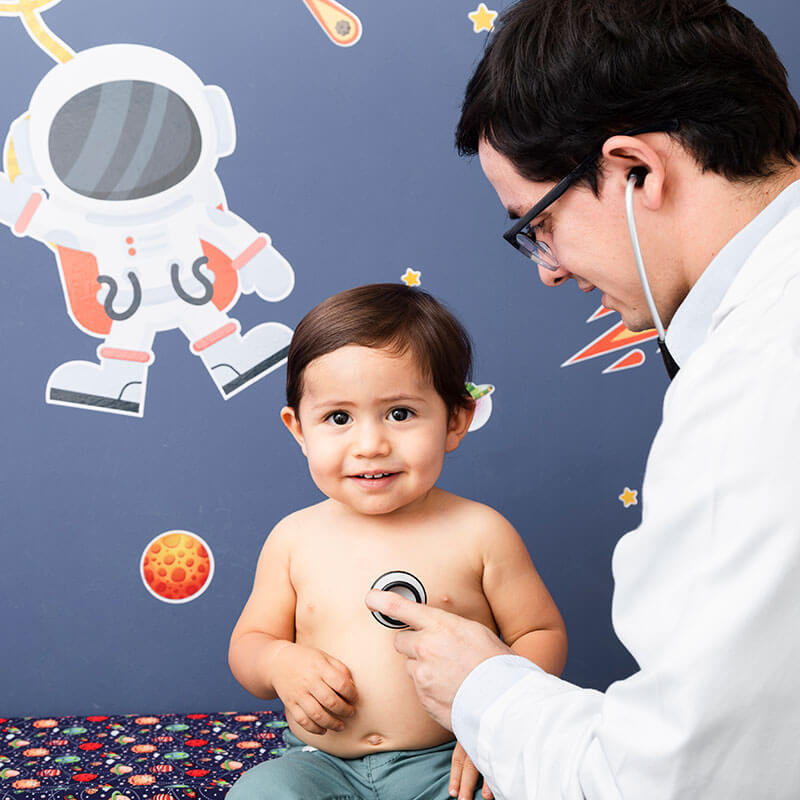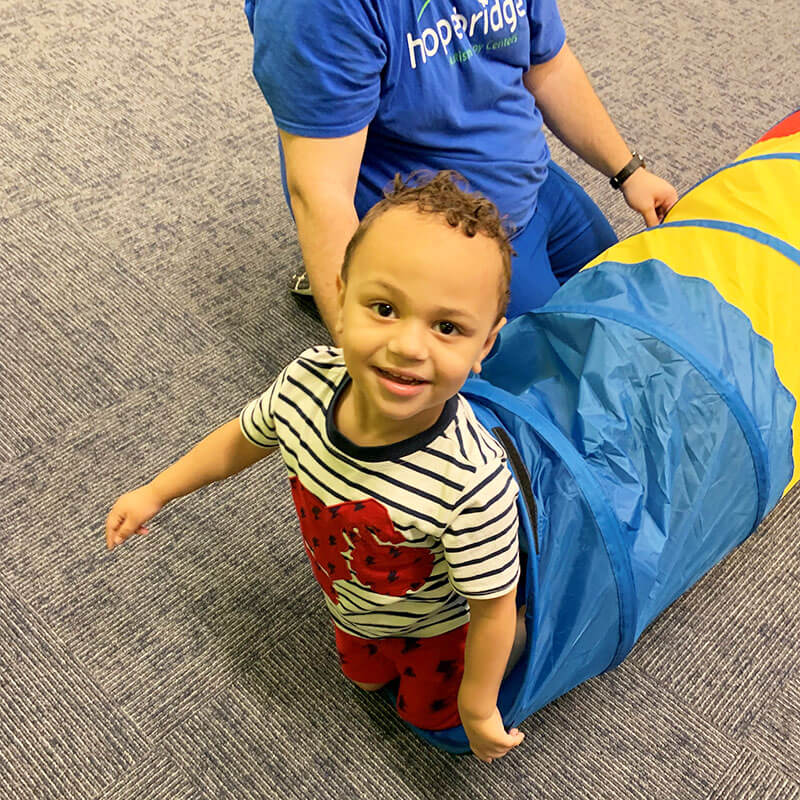New AAP Report States Early Intervention for Autism is Essential for Lifetime Development
January 13, 2020
January 13, 2020

As we enter the new year, our world is also entering a new decade with tons more experience, knowledge, acceptance and opportunities for the autism community than were available 10 years ago. In fact, with support from significant research, the American Academy of Pediatrics (AAP) recently published a new clinical report with updated guidelines around autism for the first time in 12 years.

Important Takeaways from the AAP’s New Autism Guidelines
The evolution of awareness and understanding has come a long way in 12 years. While working within this community at Hopebridge, we’ve seen the changes happen in real time. The diagnostic definition of autism has expanded under the umbrella of autism spectrum disorder (ASD) with the release of the Diagnostic and Statistical Manual of Mental Disorders, Fifth Edition (DSM-5). The prevalence of autism has risen to one in 59 children. Studies have indicated earlier screening may be beneficial; even able to diagnose children as young as 14 months of age. The government is funding more autism-related research and activities than ever before through the Autism CARES Act. And maybe most importantly, we have seen the power of evidence-based interventions like applied behavior analysis (ABA therapy) change the lives of thousands of families with young children, especially those who began services within their first two years of life.
Major research around topics like these played into the AAP’s new guidance around autism. The report is targeted at pediatricians and other clinicians, but also serves as a great resource for parents, who the AAP encourages to take an active voice in the mental health of their child.
“With the AAP’s new report, we hope even more physicians and families will become familiar with the immense impact early identification and immediate intervention can have on not only childhood years, but an individual’s entire lifetime,” said Hopebridge Regional Board Certified Behavior Analyst (BCBA) Janelle Stawasz. “This report stresses the urgency. Rather than waiting to see if it is just a speech delay for another nine months or year, we now know that screening for autism even a few months earlier can make a world of difference.”

The AAP urges parents not to wait; encouraging universal screening from 9 to 30 months of age.

Hopebridge centers feature a multidisciplinary service mix, including ABA therapy, occupational therapy and speech therapy
Hopebridge Autism Therapy Centers already have programs and teams in place that back the information the AAP provides in this report, starting with a focus on identification.
“It’s imperative to get help while children are in their prime developmental stages,” said Hopebridge Director of ABA Melissa Chevalier. “The average age of diagnosis is currently 4 years old, but we would like to see it closer to 2 years old, when children’s brains are most malleable as it relates to communication, social-emotional, cognitive and motor skills. At Hopebridge, our licensed psychologists have the tools to diagnose toddlers as young as 15 months old.”
In our centers, it often starts with a diagnosis, but does not end until our therapists help children successfully transition to school or other goal environments. Within that period, here are some of the ways Hopebridge supports the AAP’s new recommendations:
Now that you have the latest information, are there areas in which we can assist you? Together, let’s move forward to give your child the skills to lead a better life. Contact us to arrange a diagnostic assessment or ABA evaluation at a center near you to open their world to new opportunities.
*Informed consent was obtained from the participants in this article. This information should not be captured and reused without express permission from Hopebridge, LLC.
Autism Therapy
July 19, 2018
What the Increased Prevalence of Autism in Children Means for You
Autism Therapy
December 28, 2022
Hopebridge Gives More Than 5,600 Free CEUs to its BCBAs in 2022
Autism Therapy
February 13, 2019
'Good Day Live' on the Importance of Early Intervention for Children with Autism